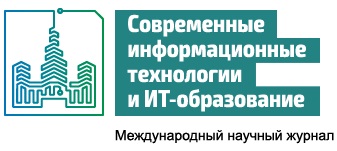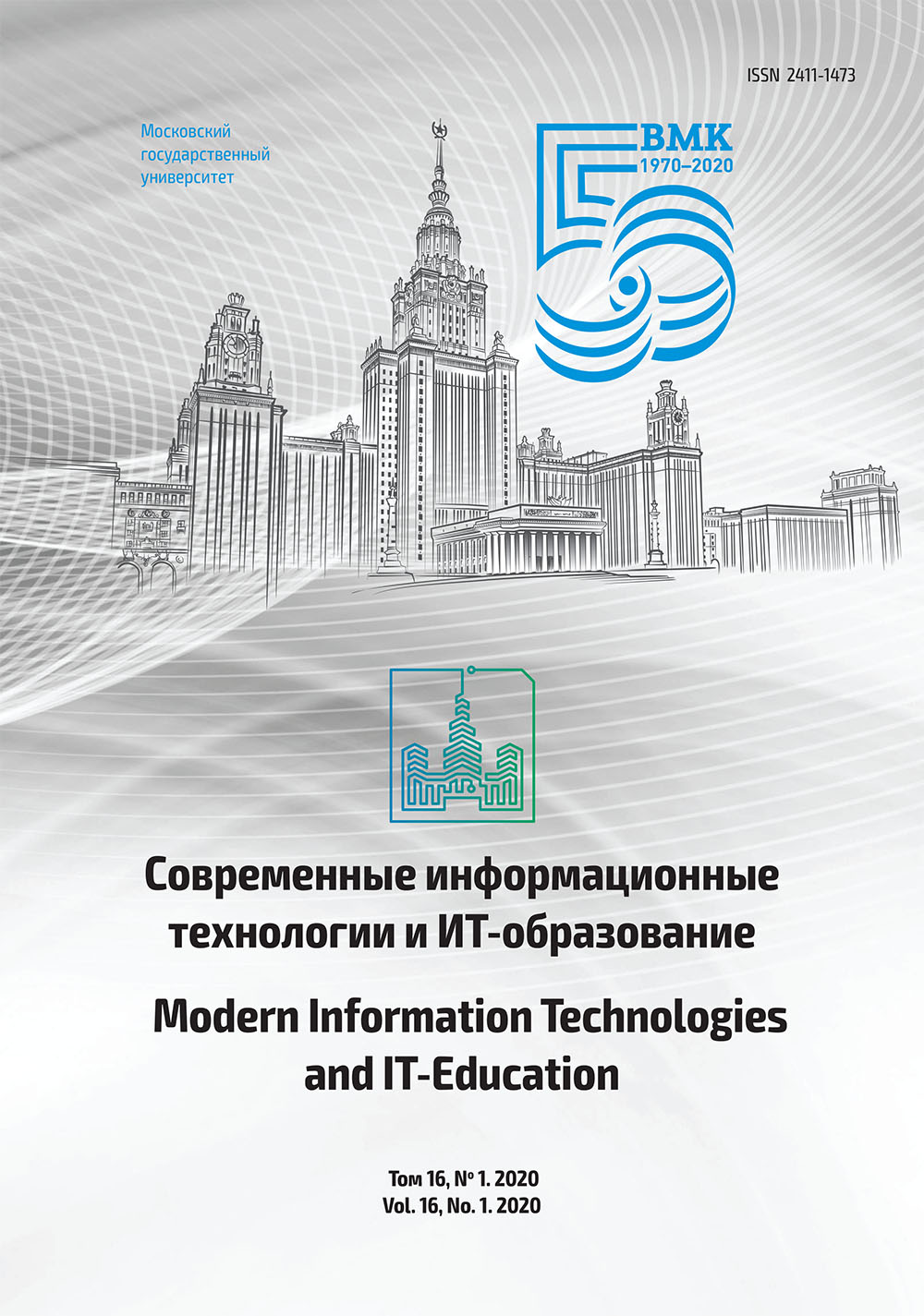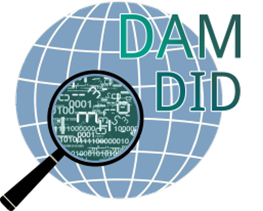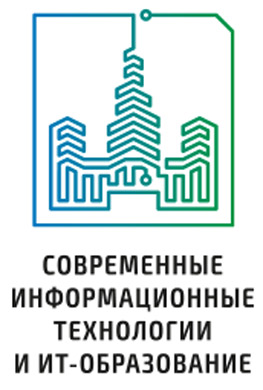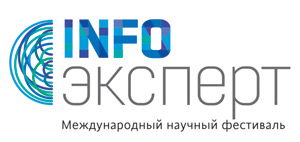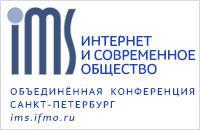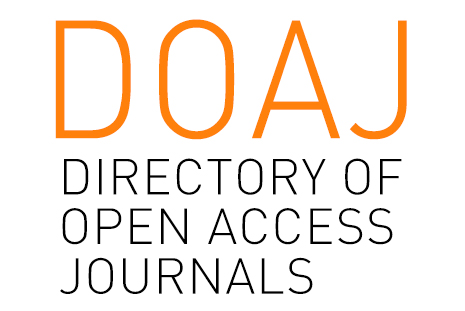Особенности формирования корпуса текстов казахстанского сегмента электронных новостей
Аннотация
Культура потребления населением онлайн-новостей продолжает формироваться и набирает популярность, увеличивая аудиторию читателей. В тоже время возрастает и число тех, кто попадает под негативное влияние недостоверных новостей. Перед исследователями встает задача анализа массмедиа. Одним из направлений анализа новостного контента является тематическое моделирование, распознавание фейковых новостей, сентимент-анализ. Однако для проведения исследований в данных областях необходим размеченный корпус.
В данной работе представлены методологические основы формирования корпуса описывающих сбор данных и отбор источников для формирования корпуса. Также представлено описание теоретических основ представительности и сбалансированности и обосновано соответствие корпуса выдвигаемым требованиям. В ходе проведенного комплекса работ сформирован корпус новостных текстов, включающий 1,9 млн статей из 22 источников. Проведена разметка корпуса. Проведен анализ тематической структуры сформированного корпуса с применением модели LDA.
Сформированный корпус позволит апробировать алгоритмы машинного обучения, направленные на распознавание отдельных информативных признаков, и выявить закономерности, присутствующие в массиве новостных публикаций. Также корпус будет полезен исследователям в области машинного обучения и NLP для тестирования алгоритмов машинного обучения согласно собственным целям.
Литература
[2] Jang S.M., Jang S.M., Geng T., Li J.-Y.Q., Xia R., Huang C.-T., Kim H., Tang J. A computational approach for examining the roots and spreading patterns of fake news: Evolution tree analysis. Computers in Human Behavior.2018; 84:103-113. (In Eng.) DOI: https://doi.org/10.1016/j.chb.2018.02.032
[3] Colliander J. "This is fake news": Investigating the role of conformity to other users” views when commenting on and spreading disinformation in social media. Computers in Human Behavior. 2019; 97:202-215. (In Eng.) DOI: https://doi.org/10.1016/j.chb.2019.3.32
[4] Vasoughi S., Roy D., Aral S. The spread of true and false news online. Science. 2018; 359(6380):1146-1151. (In Eng.) DOI: https://doi.org/10.1126/science.aap9559
[5] Baranov A.N. Vvedenie v prikladnuyu lingvistiku [Introduction to Applied Linguistics] Editorial URSS Publ, Moscow; 2003. p.118. (In Russ.).
[6] Biber D. Representativeness in Corpus Design. In: A. Zampolli, N. Calzolari, M. Palmer (ed.) Current Issues in Computational Linguistics: In Honour of Don Walker. Linguistica Computazionale, vol.9. Springer, Dordrecht; 1994. p. 377-407. (In Eng.) DOI: https://doi.org/10.1007/978-0-585-35958-8_20
[7] Gries S.Th. Exploring variability within and between corpora: some methodological considerations. Corpora. 2006; 1(2):109-151. (In Eng.) DOI: https://doi.org/10.3366/cor.2006.1.2.109
[8] Gries S.Th. Dispersions and adjusted frequencies in corpora. International Journal of Corpus Linguistics. 2008; 13(4):403-437. (In Eng.) DOI: https://doi.org/10.1075/ijcl.13.4.02gri
[9] Leech G. New Resources, or Just Better Old Ones? The Holy Grail of Representativeness. In: M. Hundt, N. Nesselhauf, C. Biewer (ed.) Corpus Linguistics and the Web. Rodopi, Amsterdam; 2007. p. 133-149. (In Eng.).
[10] Váradi T. The Linguistic Relevance of Corpus Linguistics. In: P. Rayson, A. Wilson, T. McEnery, A. Hardie, Sh. Khoja (ed.) Proceedings of the Corpus Linguistics 2001 Conference. UCREL Technical Papers, Lancaster University, UK; 2001. no.13. pp. 587-593. Available at: http://ucrel.lancs.ac.uk/publications/CL2003/CL2001%20conference/papers/varadi.pdf (accessed 17.12.2019). (In Eng.).
[11] Sinclair J. Corpus, Concordance, Collocation. Oxford, UK: Oxford University Press; 1991. (In Eng.).
[12] Hanks P. The Corpus Revolution in Lexicography. International Journal of Lexicography. 2012; 25(4):398-436. (In Eng.) DOI: https://doi.org/10.1093/ijl/ecs026
[13] McEnery T., Xiao R., Tono Y. Corpus-Based Language Studies: An Advanced Resource Book. New York: Routledge; 2006. (In Eng.).
[14] Xiao Z., McEnery A. Situation Aspect as a Universal Aspect: Implications for Artificial Languages. Journal of Universal Language. 2002; 3(2):139-177. Available at: https://www.sejongjul.org/archive/view_article?pid=jul-3-2-139 (accessed 17.12.2019). (In Eng.).
[15] Egbert J., Gray B., Biber D. Designing and evaluating language corpora. Cambridge: Cambridge University Press; 2017. (In Eng.).
[16] Lüdeling A., Kytö M. Corpus Linguistics. vol. 1. Walter de Gruyter, Berlin; 2008. (In Eng.)
[17] Oeldorf-Hirsch A., Sundar S.S. Posting, commenting, and tagging: Effects of sharing news stories on Facebook. Computers in Human Behavior. 2015; 44:240-249. (In Eng.) DOI: https://doi.org/10.1016/j.chb.2014.11.24
[18] Liu Q., Zhou M., Zhao X. Understanding News 2.0: A framework for explaining the number of comments from readers on online news. Information & Management. 2015; 52(7):764-776. (In Eng.) DOI: https://doi.org/10.1016/j.im.2015.1.2
[19] Tsagkias M., Weerkamp W., de Rijke M. News Comments: Exploring, Modeling, and Online Prediction. In: C. Gurrin et al. (ed.) Advances in Information Retrieval. ECIR 2010. Lecture Notes in Computer Science, vol.5993. Springer, Berlin, Heidelberg; 2010. p. 191-203. (In Eng.) DOI: https://doi.org/10.1007/978-3-642-12275-0_19
[20] Chung D.S. Interactive Features of Online Newspapers: Identifying Patterns and Predicting Use of Engaged Readers. Journal of Computer-Mediated Communication. 2008; 13(3):658-679. (In Eng.) DOI: https://doi.org/10.1111/j.1083-6101.2008.414.x
[21] Atanayeva M.K., Buldybayev T.K., Ospanova U.A., Akoyeva I.G., Nurumov K.S., Baimahanbetov M.A. Determination of the sentiment and objectivity of news texts vocabulary approach. Nauchnyi aspekt. 2019; 3(3):296-308. Available at: https://elibrary.ru/item.asp?id=41388548 (accessed 17.12.2019). (In Russ.).
[22] Hansen L.K., Arvidsson A., Nielsen F.A., Colleoni E., Etter M. Good Friends, Bad News - Affect and Virality in Twitter. In: J.J. Park, L.T. Yang, C. Lee (ed.) Future Information Technology. Communications in Computer and Information Science, vol.185. Springer, Berlin, Heidelberg; 2011. p. 34-43. (In Eng.) DOI: https://doi.org/10.1007/978-3-642-22309-9_5
[23] Blei D.M., Ng A.Y., Jordan M.I. Latent Dirichlet Allocation. Journal of Machine Learning Research. 2003; 3:993-1022. Available at: https://www.jmlr.org/papers/volume3/blei03a/blei03a.pdf (accessed 17.12.2019). (In Eng.).
[24] Vorontsov K., Potapenko A. Tutorial on Probabilistic Topic Modeling: Additive Regularization for Stochastic Matrix Factorization. In: D. Ignatov, M. Khachay, A. Panchenko, N. Konstantinova, R. Yavorsky (ed.) Analysis of Images, Social Networks and Texts. AIST 2014. Communications in Computer and Information Science, vol.436. Springer, Cham; 2014. p. 29-46. (In Eng.) DOI: https://doi.org/10.1007/978-3-319-12580-0_3
[25] Korenčić D., Ristov S., Najder J.E. Document-based Topic Coherence Measures for News Media Text. Expert Systems with Applications. 2018; 114:357-373. (In Eng.) DOI: https://doi.org/10.1016/j.eswa.2018.7.63

Это произведение доступно по лицензии Creative Commons «Attribution» («Атрибуция») 4.0 Всемирная.
Редакционная политика журнала основывается на традиционных этических принципах российской научной периодики и строится с учетом этических норм работы редакторов и издателей, закрепленных в Кодексе поведения и руководящих принципах наилучшей практики для редактора журнала (Code of Conduct and Best Practice Guidelines for Journal Editors) и Кодексе поведения для издателя журнала (Code of Conduct for Journal Publishers), разработанных Комитетом по публикационной этике - Committee on Publication Ethics (COPE). В процессе издательской деятельности редколлегия журнала руководствуется международными правилами охраны авторского права, нормами действующего законодательства РФ, международными издательскими стандартами и обязательной ссылке на первоисточник.
Журнал позволяет авторам сохранять авторское право без ограничений. Журнал позволяет авторам сохранить права на публикацию без ограничений.
Издательская политика в области авторского права и архивирования определяются «зеленым цветом» в базе данных SHERPA/RoMEO.
Все статьи распространяются на условиях лицензии Creative Commons «Attribution» («Атрибуция») 4.0 Всемирная, которая позволяет другим использовать, распространять, дополнять эту работу с обязательной ссылкой на оригинальную работу и публикацию в этом журналe.
